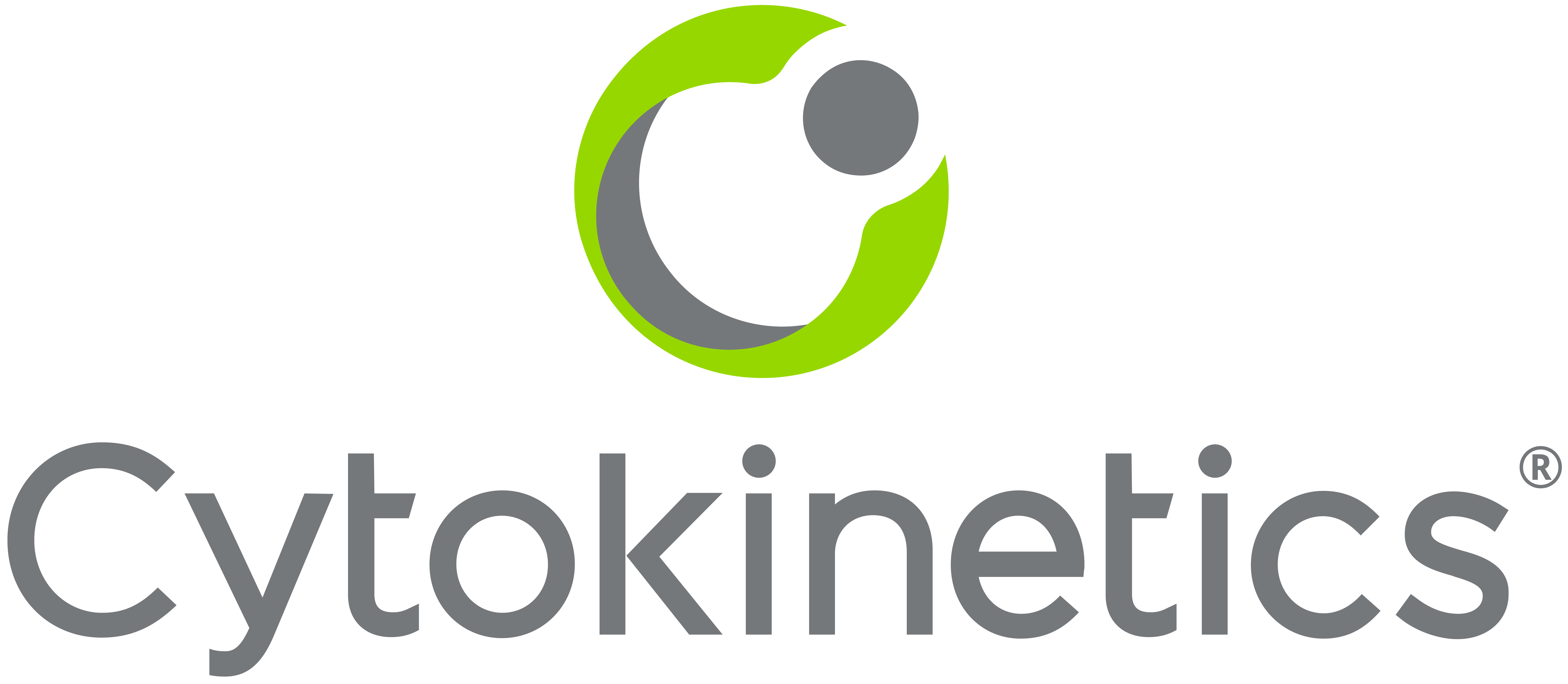Jillian is a dancer who was diagnosed with HCM. Watch her story about how her life was turned upside down, and her journey to find help, hope and gratitude.
HCM is hard to see and even harder for patients to endure
Hypertrophic cardiomyopathy (HCM) is a genetic heart disease in which the heart muscle becomes abnormally thick. This thickening causes the inside of the left ventricle of the heart to become smaller and stiffer, preventing it from relaxing and filling with blood and limiting the heart’s pumping function.
HCM is the most common inherited cardiovascular disorder, with approximately 280,000 patients diagnosed in the U.S., including two-thirds with obstructive HCM (oHCM) and one-third with non-obstructive HCM (nHCM). However, there are an estimated 400,000-800,000 additional patients who remain undiagnosed.
With oHCM, blood flow from the left ventricle to the aorta is significantly reduced due to the thickened part of the heart muscle, usually the septum (wall) between the two bottom ventricles. To attempt to counteract the narrowing, the ventricles pump harder. With nHCM, blood flow isn’t impacted, but the heart muscle is still thickened.1
Due to the limitation of blood flow, hypertrophic cardiomyopathy may result in symptoms such as chest pain, shortness of breath, fatigue, fainting, dizziness, rapid or irregular heartbeat (palpitations), and when the disease progresses, swelling in the ankles, feet, legs or abdomen.1 However, in some people with HCM, no symptoms are evident or are only apparent when they exercise or exert themselves.1 Patients with HCM are at higher risk of developing atrial fibrillation, or irregular heartbeat.1
Cytokinetics is committed to developing therapies that directly address the underlying hypercontractility associated with HCM by leveraging our expertise in the muscle biology.


